Toyota develops its vehicles and technology under the umbrella of an ‘Integrated Safety Management Concept’, one part of a three-pronged approach which involves continual improvement in vehicle safety as well as initiatives to improve driver and pedestrian awareness and to create a safe traffic environment.
Toyota’s eventual aim is to realise a society where traffic accidents are a thing of the past, which is why decades of research into safety technologies have resulted in Toyota cars receiving consistently high results in Euro NCAP crash safety tests, with the Prius, Yaris, Auris, Verso, Avensis and RAV4 achieving the maximum five-star award.
Toyota’s THUMS computer-modelling system has greatly helped the progress made in occupant and pedestrian safety. In this post, we take a look at some of the passive safety technologies that protect occupants in the event of a collision:
Impact-Absorbing Body and High-Strength Cabin
Seatbelts with Pretensioners and Force Limiters
Whiplash Injury Lessening (WIL) concept seats
Active Headrests
SRS Airbags
ISOFIX child seat mounting points
Impact-Absorbing Body and High-Strength Cabin
The safety of occupants in a collision begins with the construction of the vehicle itself. Since 1968, Toyota has designed and built its vehicles to have impact-absorbing body structures that will crush in the event of an accident, soaking up as much energy from the collision as possible.
In 1987, Toyota further improved occupant safety with the introduction of a high-strength safety cabin that dissipates energy throughout the entire body and minimises damage to the passenger compartment.
Seatbelts with Pretensioners and Force Limiters
Toyota introduced the three-point seatbelt in 1967, and the humble but vital restraint device has been saving lives ever since with little significant change to its design.
Seatbelts are immensely strong – capable of withstanding a weight of two tons – and are designed to control the movement of occupants within the cabin, particularly by limiting any impact to the chest during an accident. Yet they are also comfortable to wear in everyday driving, essential in encouraging occupants to use them on every trip.
In 1991, Toyota added pretensioners to seatbelts, a mechanism that instantaneously retracts the seatbelts when a strong frontal impact is sensed. This, in effect, quickly clinches the seatbelt to remove any slack in the belt and tightly grip the occupant before the full force of the impact is felt by the body.
Force limiters were introduced in 1997 and work in harmony with the pretensioners to protect the occupant while minimising the impact of the seatbelt itself to the occupant’s chest. Force limiters maintain an adequate amount of tension on the seatbelt to restrain the occupant without the force of the restraint causing injury.
Seatbelts with pretensioners and force limiters are fitted to all Toyota passenger vehicles in the current range.
Whiplash Injury Lessening (WIL) concept seats
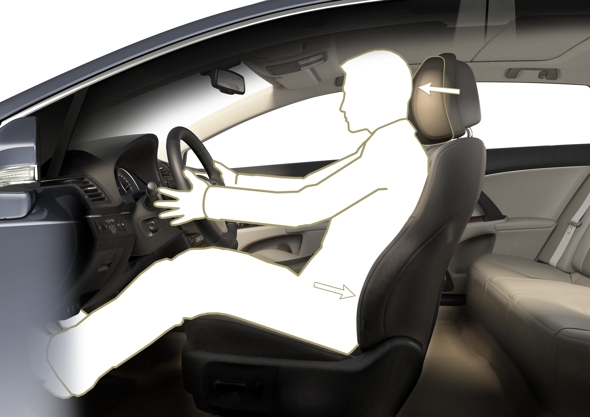
Just over half of injuries sustained in accidents in Japan were as the result of rear-end collisions, but approximately 90% of those injuries were neck injuries. That’s why Toyota developed the Whiplash Injury Lessening (WIL) concept seat, which first debuted in 1997 and was updated further in 2005.
The WIL concept seats are designed to cushion and support the occupant’s head and chest simultaneously, minimising the injury occurring from the head and torso moving in different directions. Toyota used its THUMS virtual-human computer modelling to confirm the effectiveness of the WIL concept seats in reducing whiplash injuries in lower speed rear impacts.
WIL seats are fitted as standard to most Toyota models, including Yaris, Auris, Prius, RAV4 and Land Cruiser.
Active Headrests
Active Headrests, introduced in 2007, are an extension to the WIL concept seats that further minimise neck injuries in rear-end impacts. A sensor in the seat is triggered by the lower back pressing into the seatback and activates the active headrest, which moves diagonally upwards and forward to catch the back of the head.
This technology decreases the severity of whiplash injury by a further 10-20% compared with the WIL concept seat on its own.
Active Headrests are featured on selected models in the Prius family, as well as Verso, GT86 and Land Cruiser.
SRS Airbags
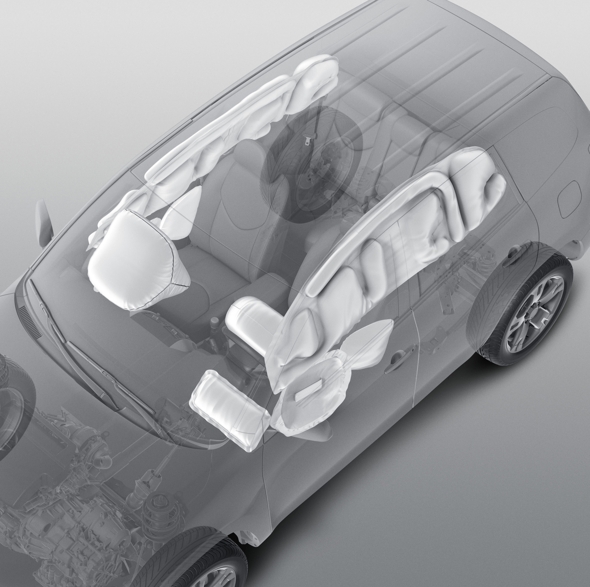
The first SRS (Supplemental Restraint System) airbag was fitted to a Toyota in 1989, providing protection solely for the driver. Since then, Toyota’s SRS airbag systems have been expanded throughout the passenger cabin to the extent that some Toyota models have nine or more airbags that create a protective cocoon around their occupants.
SRS airbags are triggered in the event of serious collisions, inflating rapidly to produce cushion the occupant and reduce the risk of severe or fatal injury. Dependent on the model, SRS airbags include front airbags for head and chest protection, knee airbags, side airbags, curtain shield airbags, seat cushion airbags and even the revolutionary rear window curtain shield airbag specially developed for the tiny Toyota iQ.
ISOFIX child seat mounting points
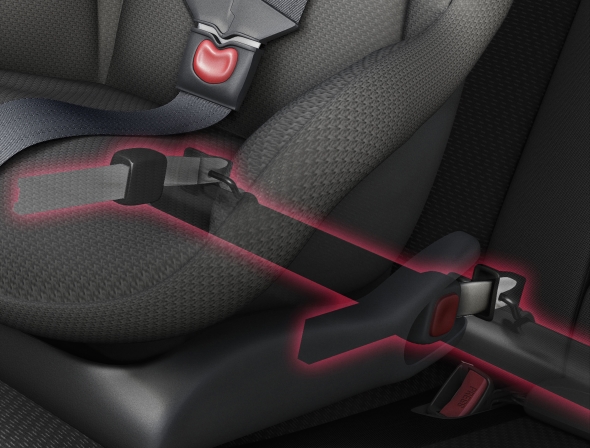
ISOFIX is an internationally recognised standard that sets out the specification for secure anchoring of child safety seats in cars, consisting of two anchor points at the base of the rear seats and a top tether point. ISOFIX greatly reduces the risk of improperly fitted child seats, thereby increasing the safety and effectiveness of the child seat.
Occupant safety is a priority for Toyota, so all Toyota passenger vehicles are equipped with ISOFIX child seat mounting points.
To learn more about other Toyota safety technologies, see these related posts:
Braking technologies
Stability and control technologies
Monitoring systems
Safety through convenience
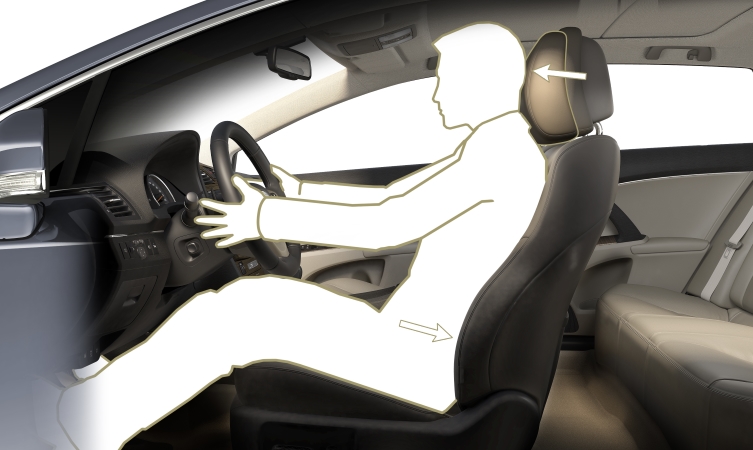
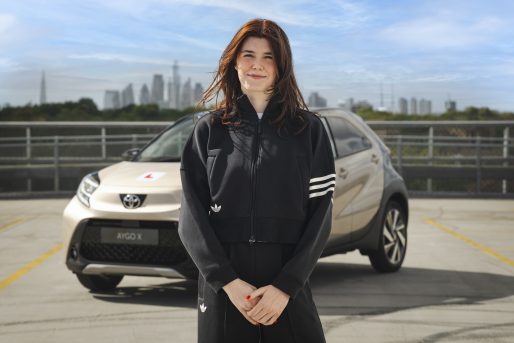

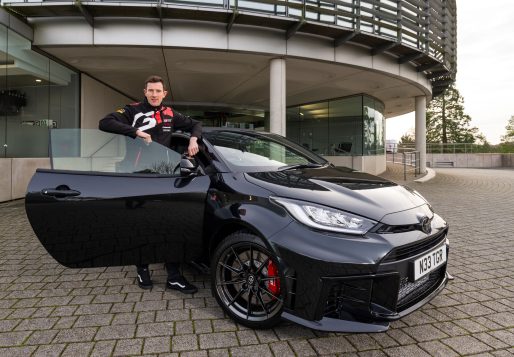
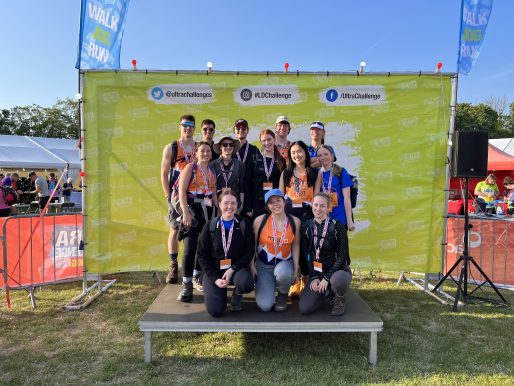
Hi,
I have a Yaris 09 plate, can you tell me if this fits a class E isofix base please?
The specification of the isofix base is as follows:
Comforms to ECE R44/04
Semi-universal ISOFIX (class E) fit
Cosatto Port ISOFIX base
Many thanks,
Susan
Hi Susan,
Thanks for getting in touch. Could you please provide us with your registration number or VIN and we can look into this further for you.
Great, thanks.
Registration is BJ09 KNF
VIN is VNKKH96310A033162
Hi Susan,
Thanks for getting in touch. We can only recommend ISOFIX bases that we have approved. In this instance, we would advise for you to contact the seat manufacturer with this information so that they can tell you if it fits.
Thanks.
Hi,
Please could you tell me if the rear seats have mounting points for an isofix child seat in our 2005 Celica, VIN JTDDR38T800188757
Thanks,
Robert
Hi Robert,
Thanks for getting in touch. We can confirm that this vehicle does not have ISOFIX.
Hi my 2006 toyota yaris has a little isofix label attached to the back seat of the vehicle. Does this mean that there is isofix fittings attached to the seats?
Hi Sarah,
Thanks for getting in touch, this does mean there are isofix fittings attached to the seats.
Thanks.
Hi,
Please could you tell me if a Rav 4 2012 would have ISOFIX, registration is GU62 FOV.
Thanks,
Amy
Hi Amy,
Thanks for getting in touch. There are ISOFIX anchor points in your car. They are positioned on the outer two back seats.
Thanks.
hi,
My car seat doesn’t have iso fix in it thats why I used to secure it with the seat belt as when I pull the belt out all the why it locks and only allows to roll in not out and that hold the car seat . Now I bought Yaris YR61WHW and when I pull the seat belt all the why out and let it to go back in if I pulled it slowly out it still coming out and it seams to me it doesn’t lock I mean when I move it slowly as it’s locks with the harsh pull and that makes the car seat moving and I’m wondering is that model ment to be like that as I had Yaris 2005 and it was fine .
Thanks
Hi there,
Thanks for getting in touch. Without be able to see the car ourselves we are unable to provide an effective answer to your query. In this case, we would recommend visiting your nearest Toyota Centre as they are best equipped to assess the car in person. You can find your nearest Centre via this link: https://www.toyota.co.uk/forms/forms?tab=pane-dealer
Thanks.
I have a Toyota Yaris 2004 can you confirm if this model has isofix points and where to find them? Many thanks.
Hi Tamara,
Thanks for your message. Could you please provide us with the reg or VIN?
Thanks.
I have a Toyota corola 2008 can you confirm if this model has isofix points and where to find them? Many thanks.
Hi there,
Thanks for getting in touch. Could you please provide us with the reg or VIN?
Thanks.
Does my 51 plate Toyota yaris luna have isofix points
Hi Joanne,
Thanks for getting in touch. Could you please provide us with the reg?
Thanks.
Hi I have a toyota yaris (2008-DG08LFF). Please can you tell me whether this car has an isofix?
Hi Roshni,
Thanks for getting in touch. We have checked this with out team and there should be ISO fix points on the rear outer seats.
Thanks.
Does the 2015 toyota hilux double cab have isofix points that I cant seem to find? I purchased a baby seat from mothercare and there system said it fitted my car but I cant find the isofix points anywhere ?
Hi Michael,
Thanks for getting in touch. Could you please provide us with your reg?
Thanks.